nn
n
n The most convincing physicalnevidence of the existence of unicorns came when the tusks of narwhals began tonarrive in Europe from the Arctic north. The narwhal (Monodon Monoceros)nis a toothed whale which grows a single (usually), long, spiralled tusk that,nwhen taken from the animal’s head, perfectly fits the supposed description ofnthe unicorn’s horn.
n
n
n
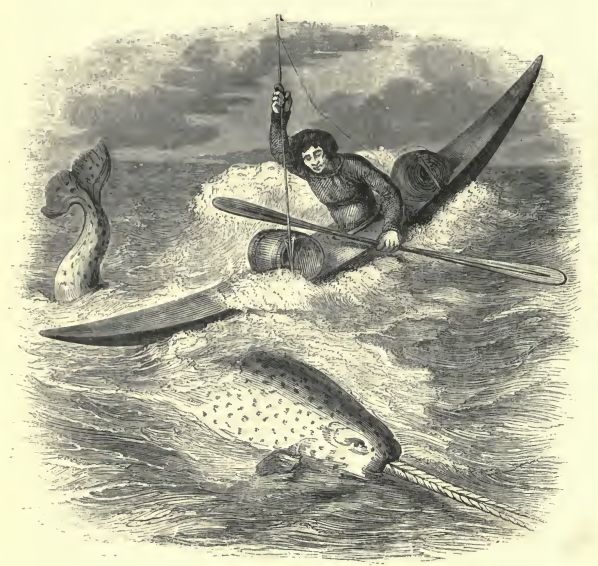 |
| Hunting the Narwhal |
n
n
n
nQueen Elizabeth I is said to have bought a narwhal tusk fornten thousand pounds, a price equal to over two million pounds at today’s rates,nin the belief that it was a unicorn horn. It was mentioned as the first item ofnan inventory of the possessions of the Queen, perhaps indicating its importancento her.
n
n
n
n
n
n
n
n
n
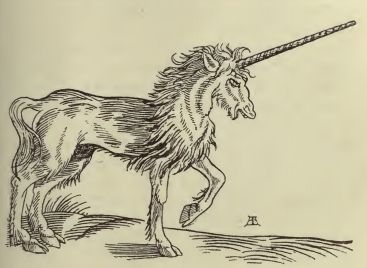 |
| Unicorn from Gesler’s Historiae Animalium |
n
n
n
nA Florentine physician records that sixteen ounces of ground ‘unicorn’nhorn was on sale for 1,536 crowns, when the same weight of gold could be boughtnfor a mere 148 crowns. There were many ‘unicorn’ horns on view in the palaces,ncathedrals and churches of Europe, Edward Topsell, writer of a bestiary of hisnown, records seeing many of them, including two at Venice and another in Paris,nand describes the unicorn itself as,
n
n
n
n“…a beast, in shape much like a youngnHorse, of a dusty colour, with a maned necke, a hayry beard, and a foreheadnarmed with a Horne of the quantity of two Cubits, being separated with palentops or spires, which is reported by the smoothnes and yvorie white-nessenthereof.”n
n
n
nKonrad Gesner, in his remarkable Historiae Animaliumn(1551-58) includes a woodcut of a narwhal which looks for all the world like ansea-serpent with a great horn rising from its forehead.
n
n
n
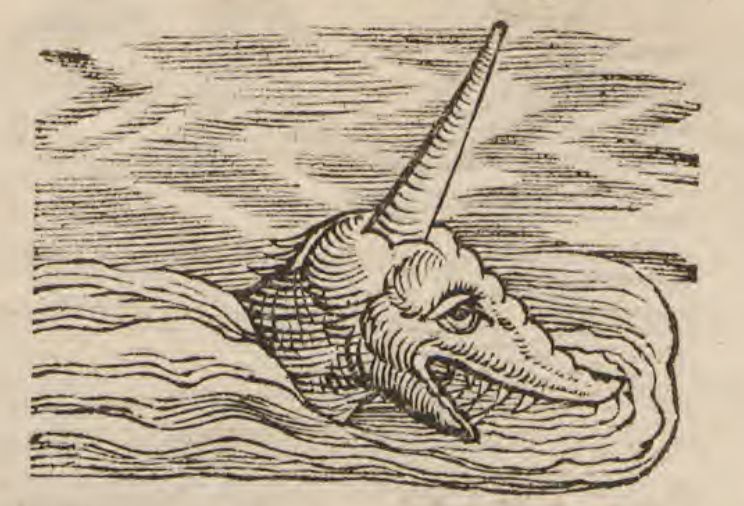 |
| Konrad Gesner – Narwhal |
n
n
n
nHe also relates thenstory that the Lion and the Unicorn were the greatest of enemies, and that asnsoon as the lion sees a unicorn it climbs up the nearest available tree, andnthe unicorn, observing this, in its fury rushes at the tree and attempts tondislodge the lion, but will eventually get its horn stuck into the tree trunk,nwhereupon the lion drops down onto its back and kills it (Shakespeare alludesnto this legend in Julius Caesar, with the line, “Unicorns may benbetray’d with trees.”).
n
n
n
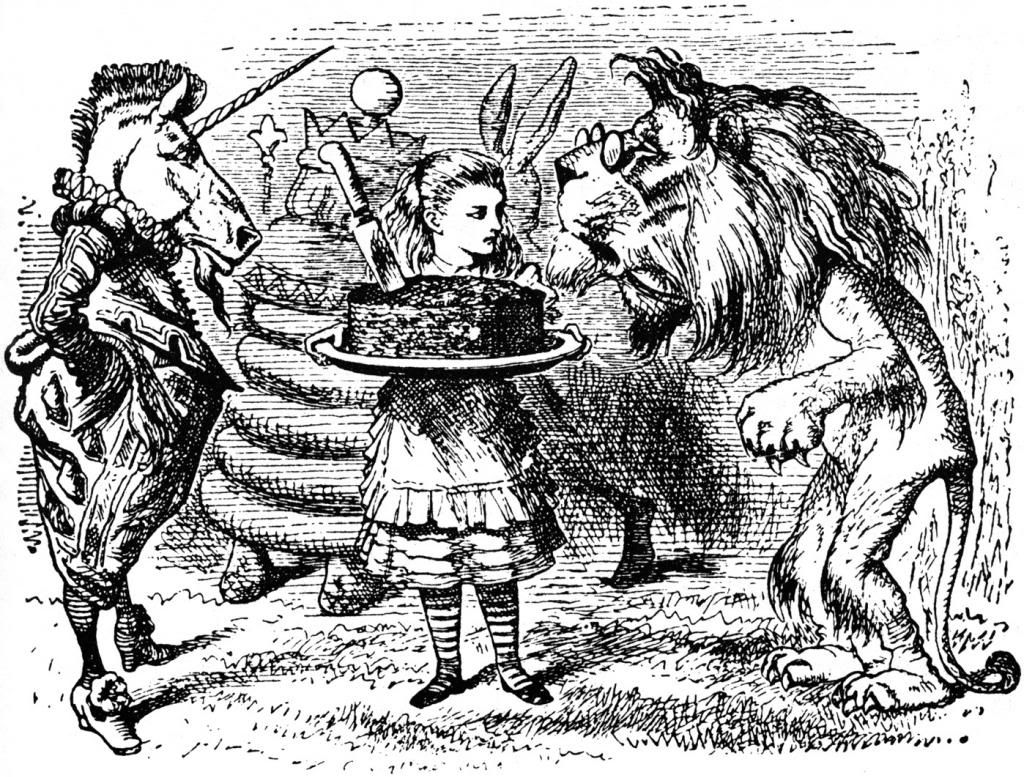 |
| The Lion and the Unicorn |
n
n
n
nThe animosity of the lion and the unicorn carriesnover into heraldry, where the unicorn is sometimes shown wearing a collar,nindicating that it has been mastered, but sometimes the collar carries a brokennchain, showing that the unicorn refuses to be subdued.
n
n
n
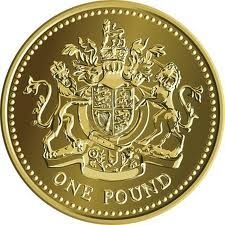 |
| One Pound |
n
n
n
nIf you are British,nthere is a good chance that you will have a unicorn in your pocket, as a lionnand a unicorn feature as supporters on the Royal coat of arms, which appears onnthe reverse side of some one pound coins. The lion is traditionally the symbolnof England and on the full Royal arms, the unicorn represents Scotland, ancombination dating back to 1603, and the accession of King James I of England,nwho was also King James VI of Scotland.
n
n
n
n
n
n
nIn the Display of Heraldryn(1679), by John Guillim, the existence of the unicorn is called into question,
n
n
n
n“It hath been much questioned amongst naturalists, which it is that is properlyncalled the Unicorn; and some have made doubt whether there be any such Beast asnthis or no.”n
n
n
nDoubts about the unicorn are no better expressed than in the PseudodoxianEpidemica (Vulgar Errors) of Sir Thomas Browne (first edition 1646),nin Book III, Chapter XXIII, Of Unicorns Horn, where he examines thenBiblical Re’em (he thinks it was a rhinoceros), Asiatic asses, the Indian ox,nthe rhinoceros and the oryx, marine fishes and even certain types of beetle.
n
n
n
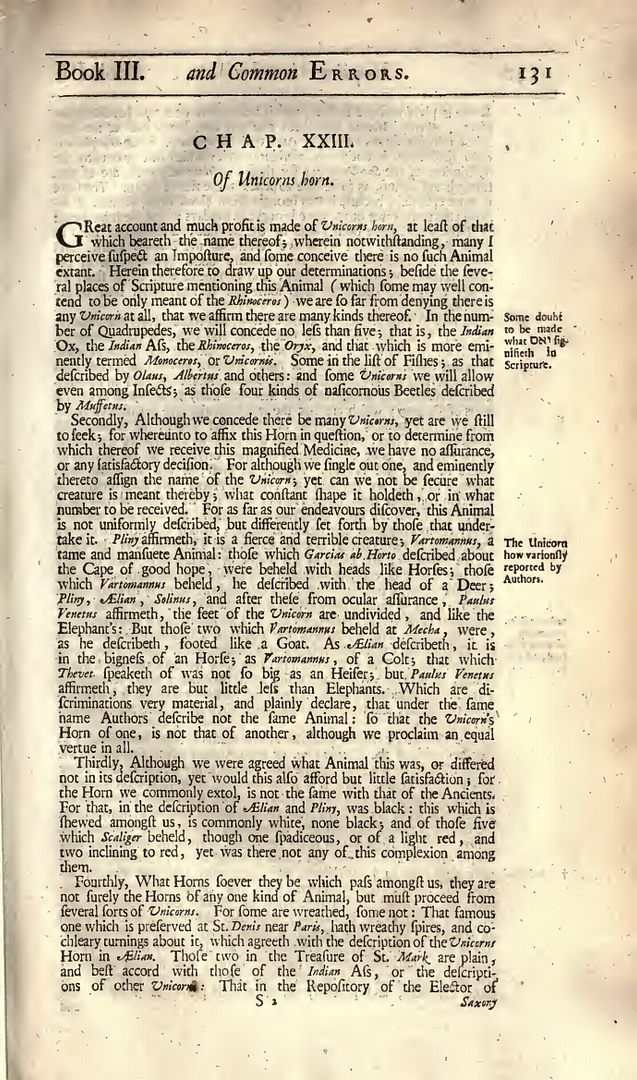 |
| Sir Thomas Browne – Of Unicorns Horn |
n
n
n
nInnturn, he describes the assorted unicorn horns that were displayed acrossnEurope, noting that the one at St Denis, Paris, has ‘wreathy spires andncochleary turnings about it’, whereas another two at St Mark’s, Venice arenplain and look like the horns of the Indian Ass, and that belonging to thenElector of Saxony is straight and not hollow, although another at Antwerpnappears to be the tusk of a sea creature (a narwhal?), a suspicion strengthenednby the fact that it was brought from Iceland.
n
n
n
n
n
n
nBrowne was an empiricist of thenBaconian mould and so, as you might expect, there is not a lot that gets pastnhim. He examines the available evidence and weighs its importance andnrelevance, looking at the pros and cons, and is very thorough in hisndeliberations, with his conclusions delivered in a very pleasing, dry, tonguenin cheek fashion.
n
n
n
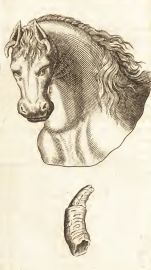 |
| Horns on a horse |
n
n
n
nJust about anything had been put forward as the horn of anunicorn – goat’s horns, cows, sheep and hart’s horns, rhinoceros horn, thenhorns of swordfish, the teeth of hippopotamus, and the teeth of the narwhal.
n
n
n
n“Sincentherefore, there be many unicorns; since that whereto we appropriate a horn isnso variously described, that it seemeth either never to have been seen by twonpersons, or not to have been one animal; … that horns soever they be that passnamong us, they are not the horns of one, but several animals: since many inncommon use and high esteem are no horns at all.”n
n
n
nBe that as it may, it didnnot stop people ‘discovering’ unicorns. In 1820, a letter from Major Latter,nserving in the British Army east of Nepal, was sent to Adjutant-General Nicol,nwho forwarded it on the Marquis of Hastings. Latter said that a Tibetannmanuscript listed a cloven-hoofed animal – the Tso’po – that had ansingle horn and a boar-shaped tail, was very fierce and could not be takennalive, conforming to the description given by Pliny the Elder in his NaturalnHistory (Book VIII), which in turn was taken from Ctesias.
n
n
n
n
n
n
nThe creature wasnnot a rhinoceros, which was listed separately, not was it a wild horse, whichnwas similarly listed. Latter was convinced that it was the missing unicorn andnhad written to the Sachia Lama for more information. An entry in the AsiaticnJournal (May-August 1830) some ten years later wryly reports that ‘nonfact has since transpired … we cannot participate in these renewed hopes’n[of finding the unicorn].
n
n





















